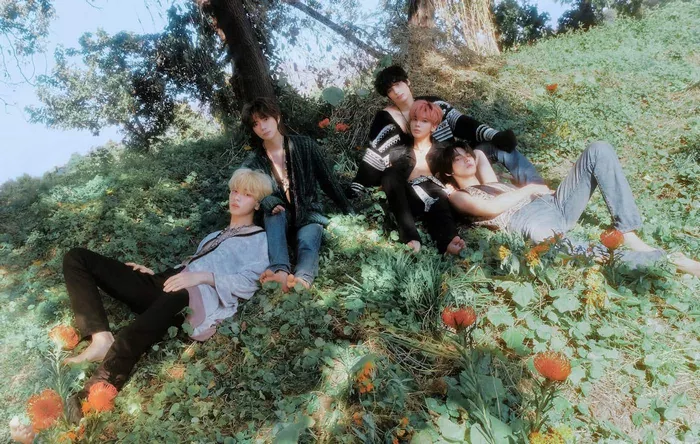Roots in Simplicity: The Emergence of Bubblegum Pop
The story of pop music is a fascinating journey through the ever-shifting tides of popular culture. From its humble beginnings as catchy, simplistic tunes in the 1960s to the multi-layered, genre-blending hits of today, pop music has continually reinvented itself. In this article, we’ll explore the evolution of pop music, tracing its roots in bubblegum pop to the complex, diverse sounds that define modern pop.
The Birth of Bubblegum Pop: Sweet and Simple
Bubblegum pop emerged in the late 1960s as a response to the turbulent times of the era. These songs were marked by their simplicity, often featuring upbeat melodies, catchy hooks, and lyrics that focused on love, innocence, and fun. Groups like The Archies, The Monkees, and The Jackson 5 were some of the pioneers of this genre, churning out chart-topping hits that resonated with a wide audience, particularly teenagers.
The 1980s: Synthesizers, New Wave, and Iconic Performers
The 1980s witnessed a significant evolution in pop music. Synthesizers and electronic instruments became prevalent, giving rise to the New Wave movement. Iconic performers like Madonna, Prince, and Michael Jackson emerged during this era, reshaping the sound and image of pop music. Madonna, in particular, was a trailblazer, blending elements of pop, dance, and fashion to become a global superstar.
The Boy Bands and Girl Groups Era: Late 1990s to Early 2000s
The late 1990s and early 2000s marked the rise of boy bands and girl groups. Acts like Backstreet Boys, NSYNC, Spice Girls, and Destiny’s Child dominated the charts, creating a pop frenzy around the world. These groups not only delivered infectious pop tunes but also cultivated a strong fan base through their distinctive personalities and synchronized performances.
The Pop-Punk and Emo Influence: Early 2000s
As the 2000s progressed, pop music started to incorporate elements of punk and emo. Bands like Blink-182, Green Day, and Fall Out Boy brought a sense of rebellion and emotional depth to the genre. Songs like “All the Small Things” and “Sugar, We’re Goin Down” resonated with a generation grappling with the complexities of adolescence and young adulthood.
The Rise of Digital Production and Autotune: Mid-2000s
The mid-2000s marked a shift in pop music production with the widespread use of digital recording and Autotune technology. This era saw the emergence of artists like T-Pain, who popularized the use of Autotune as a stylistic choice rather than a correction tool. The result was a new wave of catchy, heavily processed pop songs that blurred the lines between pop and hip-hop.
EDM and Electronic Influences: Late 2000s to Early 2010s
Towards the late 2000s and early 2010s, electronic dance music (EDM) began to influence pop music significantly. Artists like David Guetta, Calvin Harris, and Daft Punk collaborated with pop stars, infusing their tracks with pulsating beats and infectious melodies. Hits like “Titanium” and “Get Lucky” blurred the boundaries between the club and mainstream pop.
The Pop Revival: Late 2010s
The late 2010s brought about a pop music revival, characterized by a resurgence of melodic, chart-topping hits. Artists like Taylor Swift, Ed Sheeran, and Adele produced songs that harkened back to the traditional pop sensibilities of strong melodies and heartfelt lyrics. This revival demonstrated that pop music could still captivate audiences through its timeless qualities.
The Era of Genre-Blending: Modern Pop Sounds
In recent years, pop music has entered an era of genre-blending and eclecticism. Artists like Billie Eilish, Post Malone, and Dua Lipa have taken the genre to new heights by incorporating elements of hip-hop, R&B, electronic, and indie music. These artists have challenged the conventions of pop, creating music that defies easy categorization and appeals to a diverse range of listeners.
Conclusion: The Ever-Adapting Nature of Pop
The evolution of pop music is a testament to its resilience and adaptability. From the bubblegum sweetness of the 1960s to the genre-blurring sounds of today, pop music has continuously reinvented itself to reflect the cultural and artistic shifts of each era. As it continues to evolve, one thing remains constant: pop music’s ability to connect with audiences on a global scale, providing the soundtrack to our lives and the heartbeat of popular culture. Whether you’re tapping your foot to a 1960s bubblegum hit or immersing yourself in the sonic experiments of modern pop, the genre’s journey is a testament to the enduring power of music to evolve, innovate, and capture the essence of our times.

